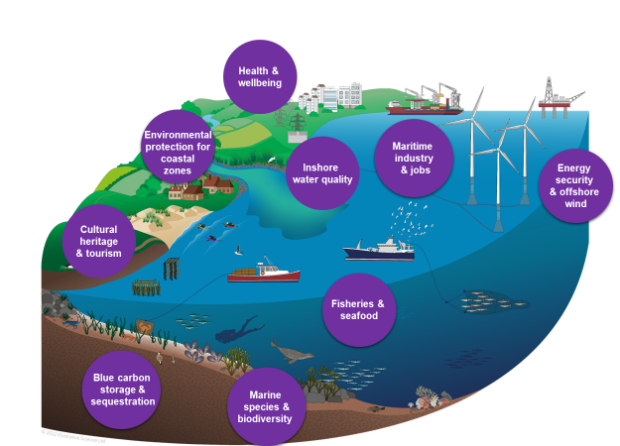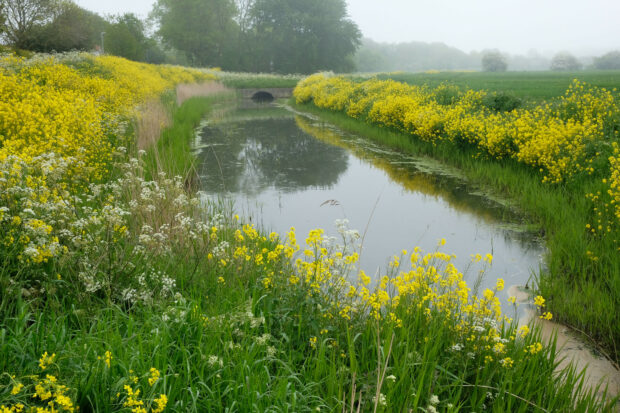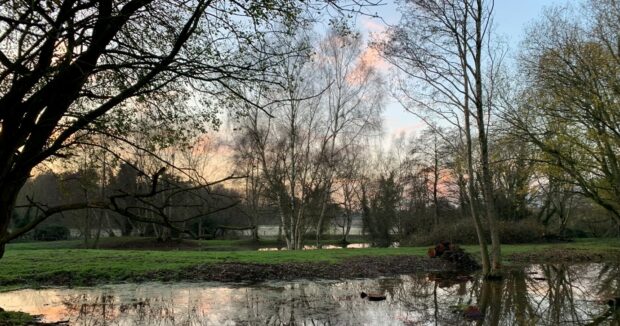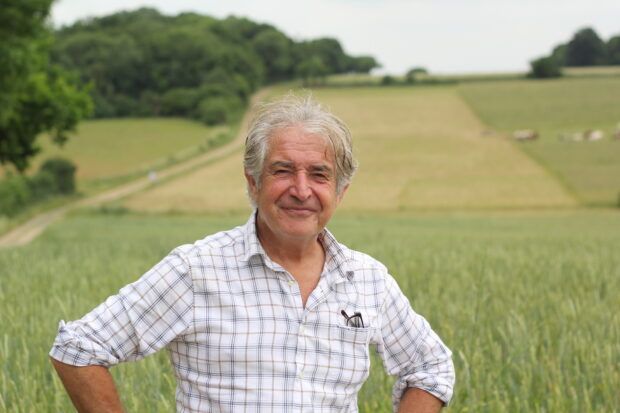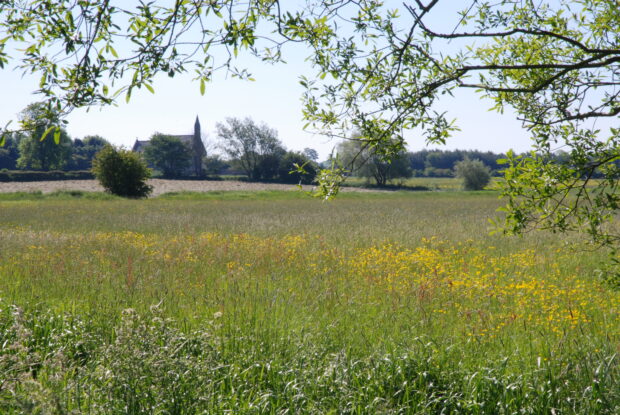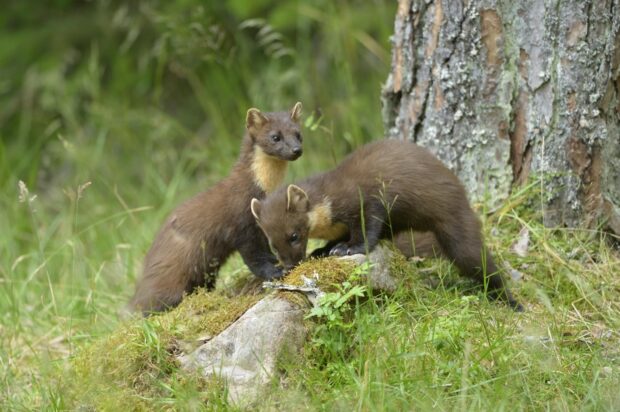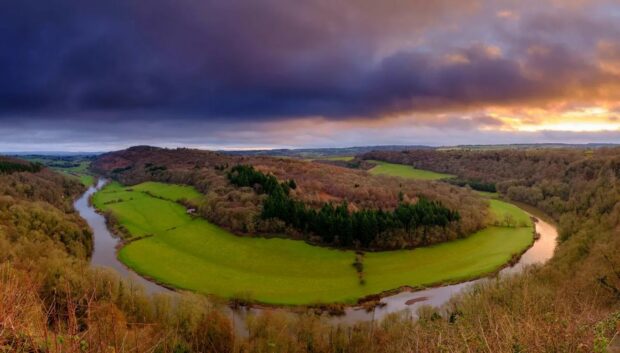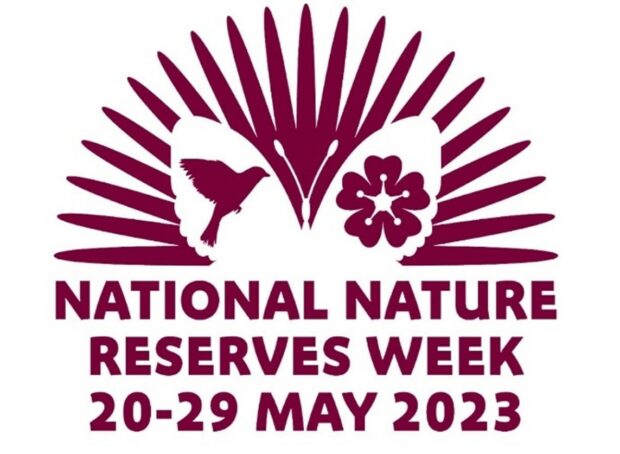Dartmoor: achieving a future with thriving agriculture and thriving nature
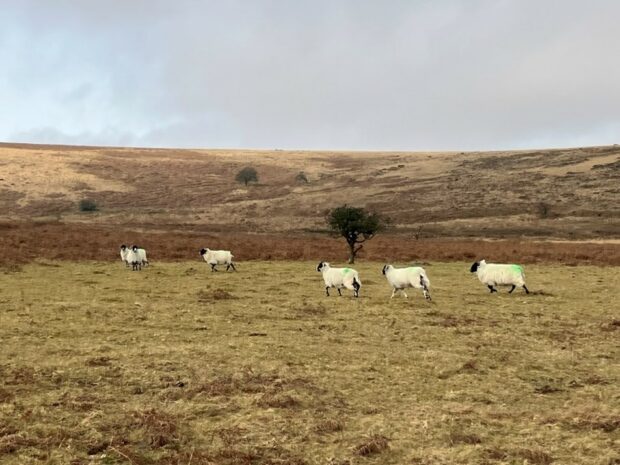
By Dave Slater, NE Regional Director for the South West Since our previous blog reflecting on the condition of Dartmoor’s special habitats there has been a lot of public discourse on what should happen on Dartmoor’s sites of special scientific …
